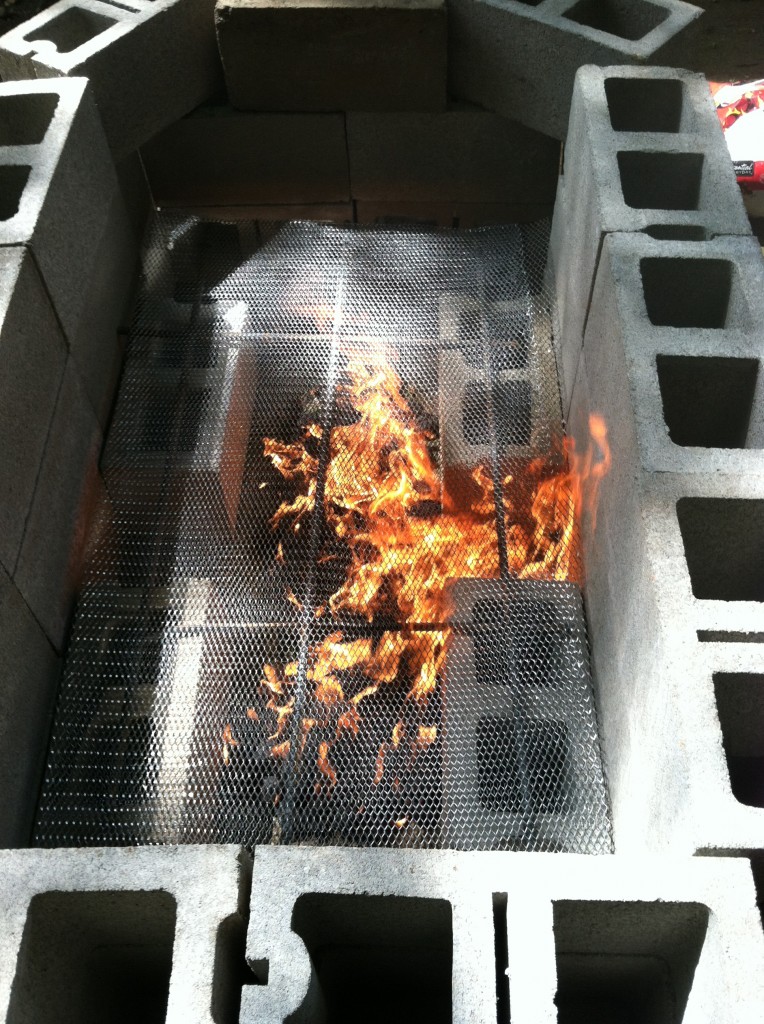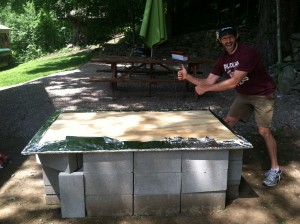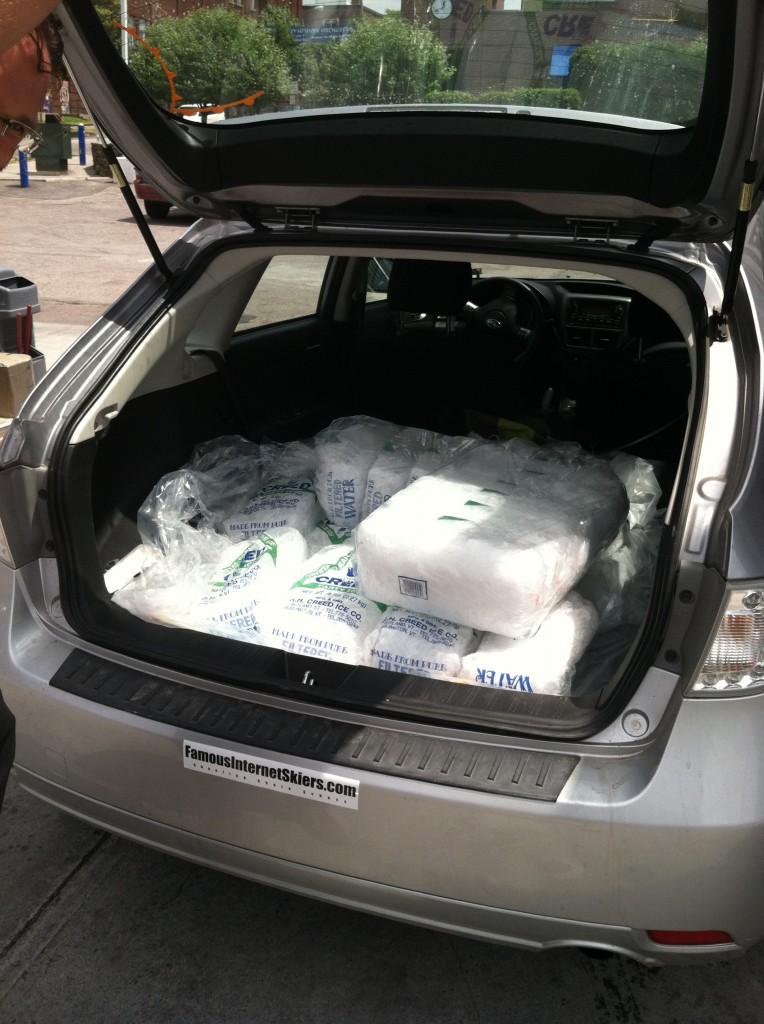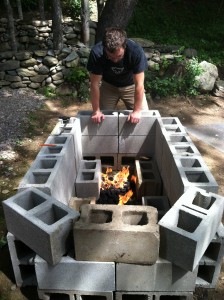Virgin Sacrifies in the name of Snow (aka how to roast a pig)
As you know we here at FIS love toe celebrate events on the calendar. Shane day (check). Leap Day (check). Martha Washington’s Birthday (check). So in honor of the summer solstice which we refer to as “the turn” the FIS crew decided to sacrifice a virgin and feast. No, not a human virgin (sicko). A pig virgin. Well at least I think it was a virgin. I’m not really an expert in animal husbandry and when swine become sexually active. (Though with cell phones and the internet who knows what kids are doing these days). And after thinking about this for some time, it really didn’t seem like Ullr would object swapping porky in for Lolo Jones. So with that in mind, Jake and I decided rock it out.
I. The Set Up
So you wanna roast a whole pig. Great. Now what. In the immortal words of my father, “well A.J. you know you’ll need a pig right?” So that’s pretty much item 1 on the list. Get thee a pig. And don’t get no store bought, flavor injected, raised on chemically enhanced high protein gruel, pig either. You’re going to be taking the whole animal down. Make it a good one. Honor thine swine. I searched long and hard and found Sugar Mountain Farm. For a reasonable price I was able to procure a 86lb “roaster” that bascially had a better life than me.
Second you’ll need to figure out a way to cook the damn thing. There are tons of articles on the interwebs about “roasting a whole pig.” Before we launch into this let me first tell you that you aren’t Bar-b-queing this pig. You are roasting it. The difference is both in technique and flavor with the biggest difference being you aren’t smoking the animal. So instead of having a heat source away from the meat and allowing smoke to cook it, you want to create an “oven” that has heat sources and maintains a consistent temperature of about 250 degrees.
There are several ways to do this. There are two traditonal methods. First is the the “luau” method where you dig a pit, build a big fire in the pit with river stones in the fire. Let the fire go to coals. Cover the stones and coals with wet burlap or something similar, put the pig in, cover it with more wet burlap and dirt and let the thing cook in there for 12 hours. I’ve done this and can explain it this way: you are steaming your pig in it’s own fat. (go ahead, wipe the drool up. I’ll wait.). But the skin doesn’t get crispy so it leaves something to be desired. The other traditional method involves building a roasting oven. Hispanola does this well. The cubans use “la caja china“. Bascially that’s a wood sided metal lined box with coals under and above the hog. We considered this but decided it was too steep a price to pay. Instead we went with building the oven out of cinderblocks.
Take note that the bottom line of cinderblocks was laid flat and the ends were laid so the open middle of the cinderblocks was set up to allow airflow.
You’re also going to need to build a rack for the pig and a lid for the oven. We found metal mesh grating at Home Depot and tied that down with bailing wire to some rebar. Here’s the thing. You MUST make sure none of this metal is galvanized. Galvanized metal gives off toxic fumes when heated. That’s bad.
To “clean” the grate and temper the bottom of the oven we built a fire.

Next you need a lid. Apparently California doesn’t approve of our choice of plywood.

So we covered it in heavy duty foil to reflect the heat back into the oven. By george it works!

II. The PIG.
You are about to cook a huge piece of meat. Way larger than your fridge, your oven and heck maybe your car. There are logistal type things to answer like where are you picking it up, and how are you storing it before you cook it. We got lucky. Our purveyor was able to deliver us a dressed and “split” or “butterflied” pig the day before the event. All we had to do was meet at a local drop off spot and keep the hog on ice (under 40 degrees is a MUST) for 12 hours.
For us, that amounted to a lot of ice

and a 12 hour layover in my second bathroom:

Before he went on ice, he was marinated with a mix of olive oil, garlic, orange juice, lime juice, cilantro, habanero peppers (use gloves), salt, black peper, cumin and a few other tricks of the trade. The pig was in a bag so I just poured about a gallon of marinade into the bag and rolled it around and let it sit overnight. Then I had a beer.
Now Go to Page 2 to see the payoff
Leave a Reply
|
|||
| Home |






